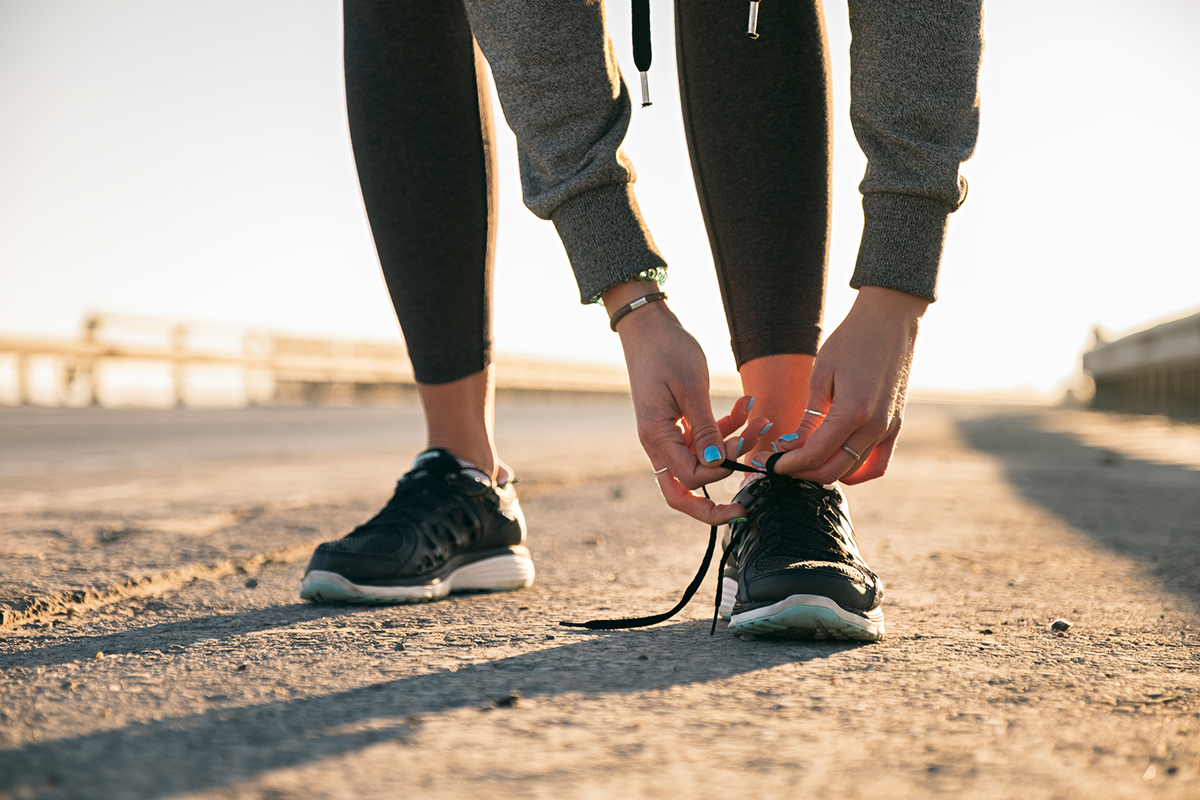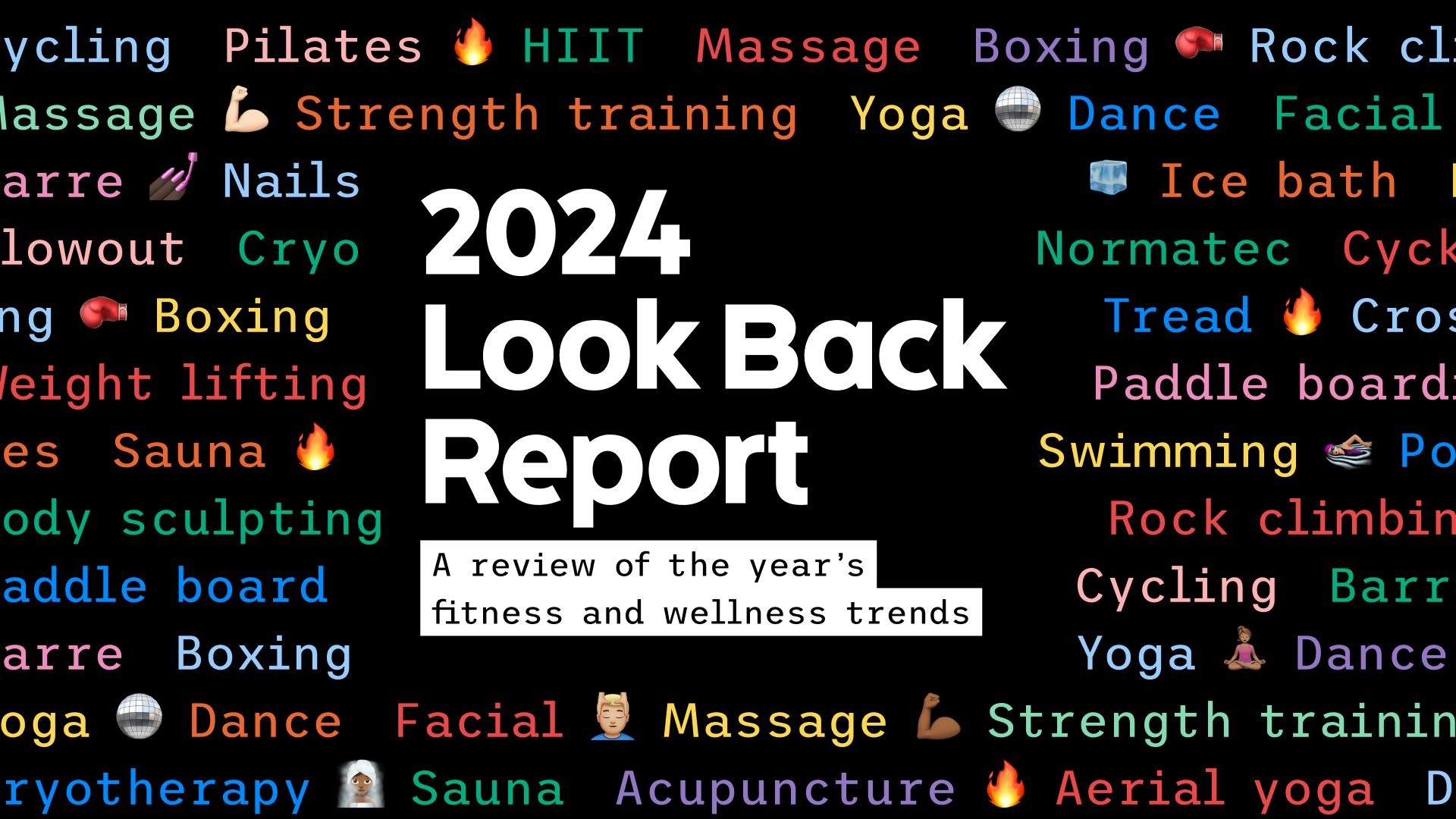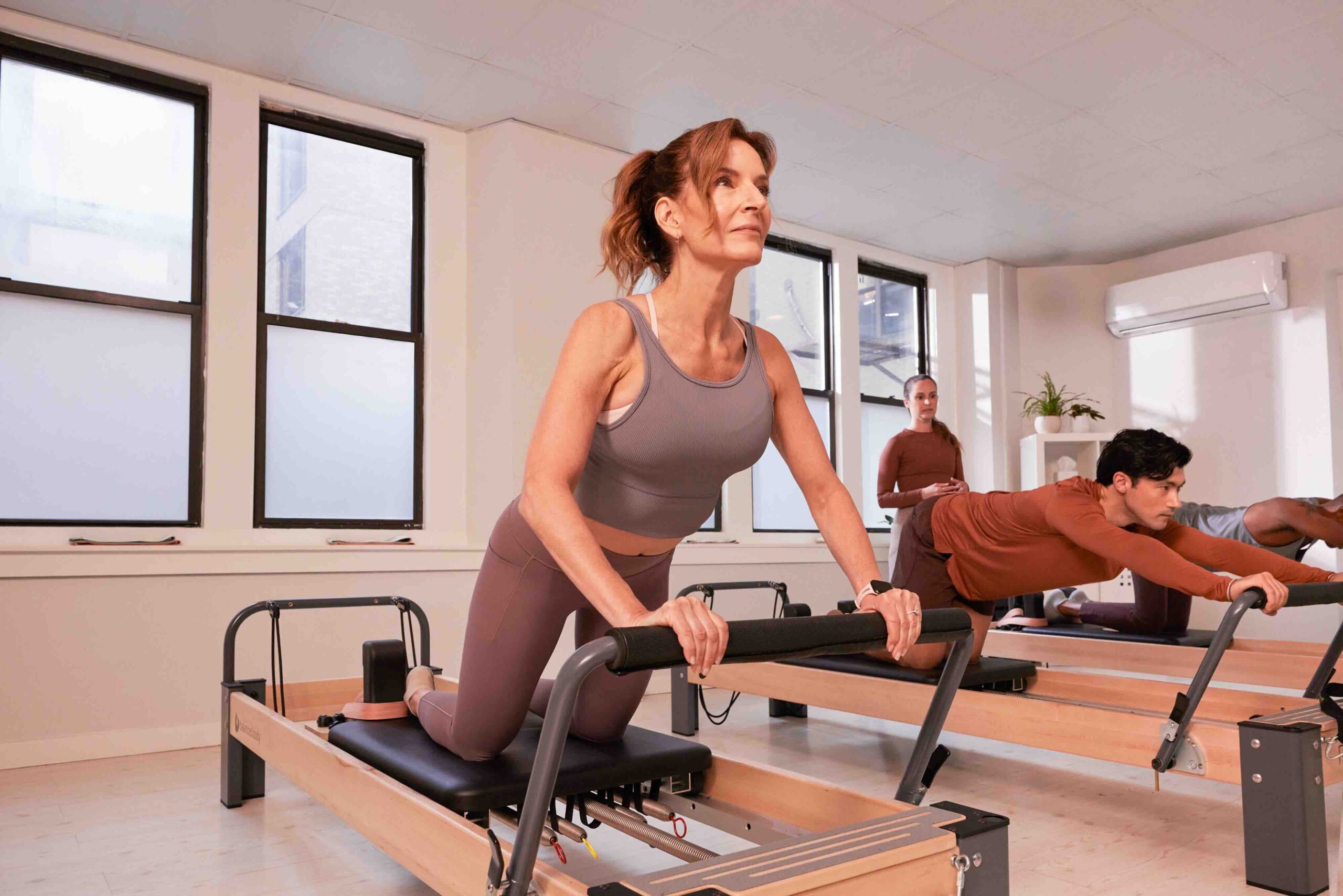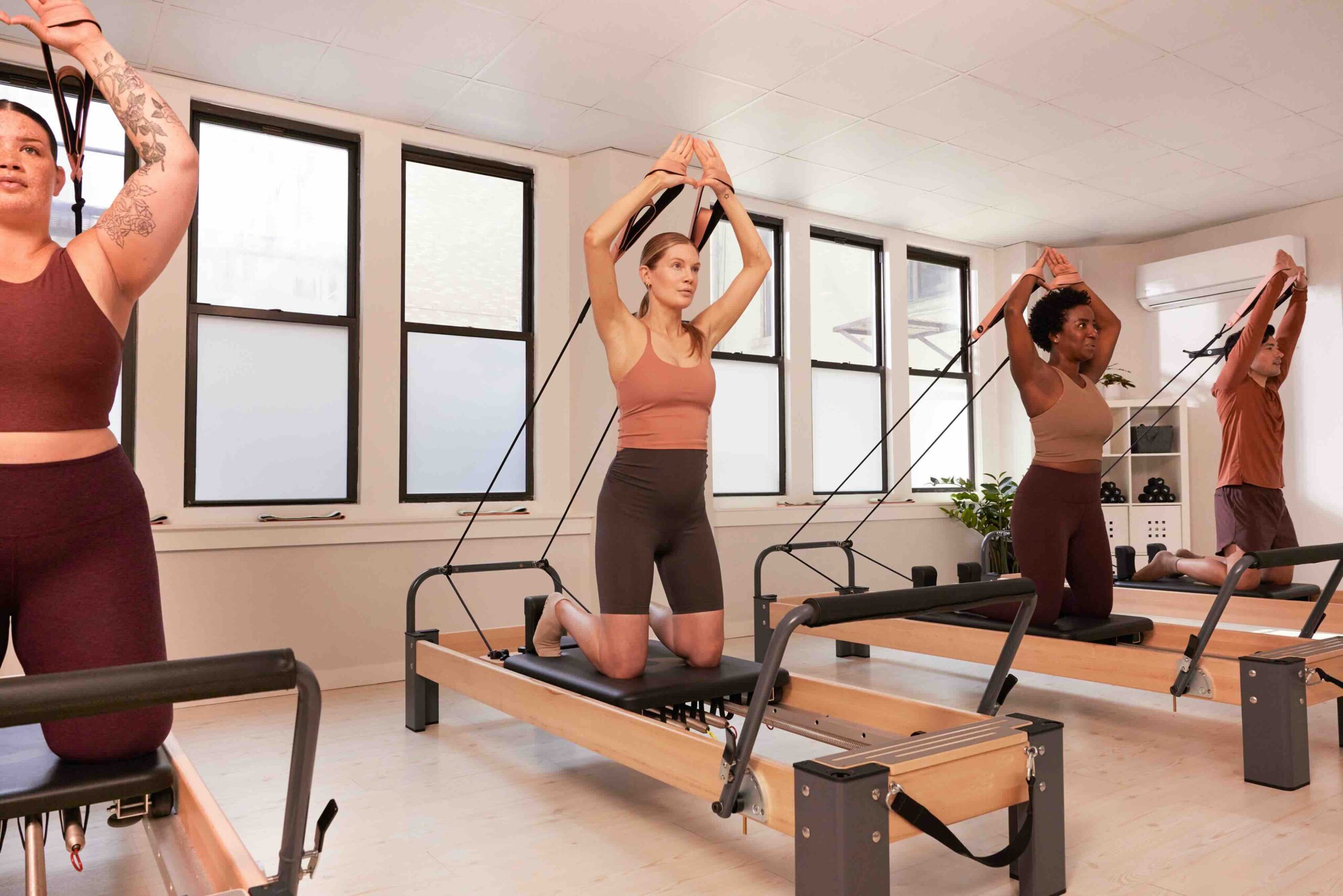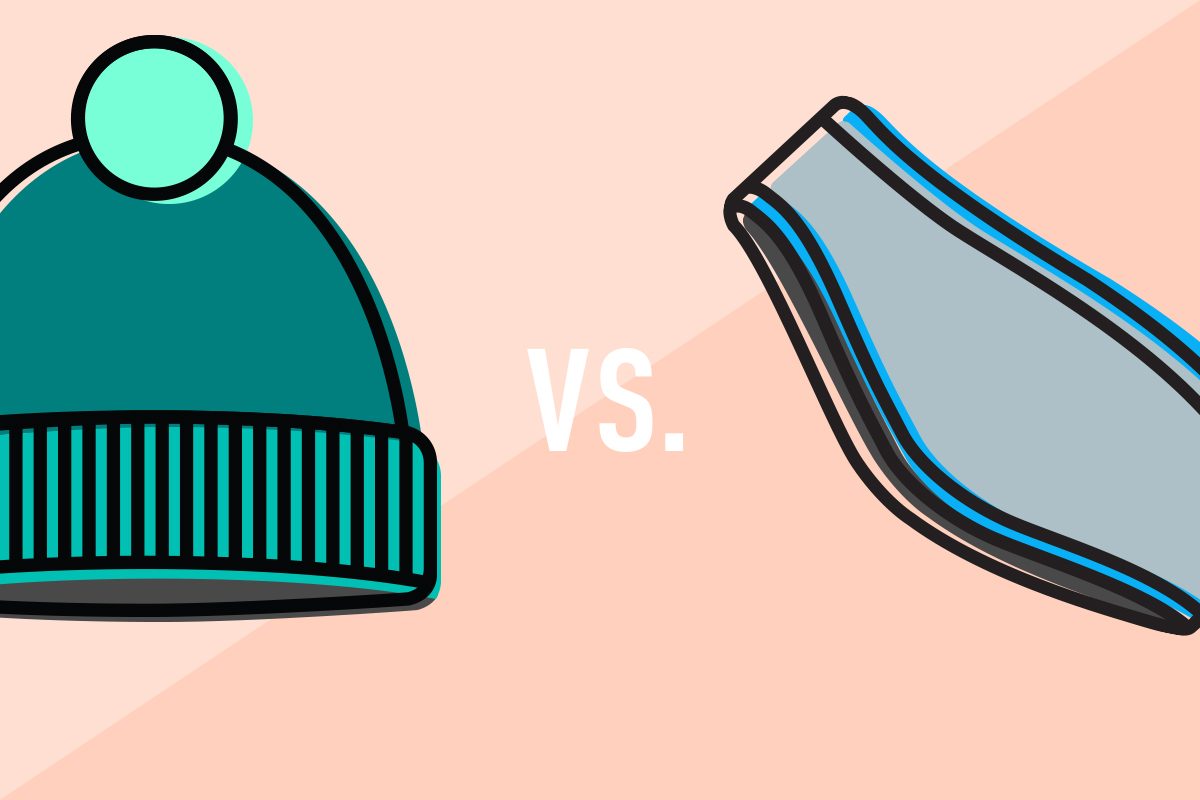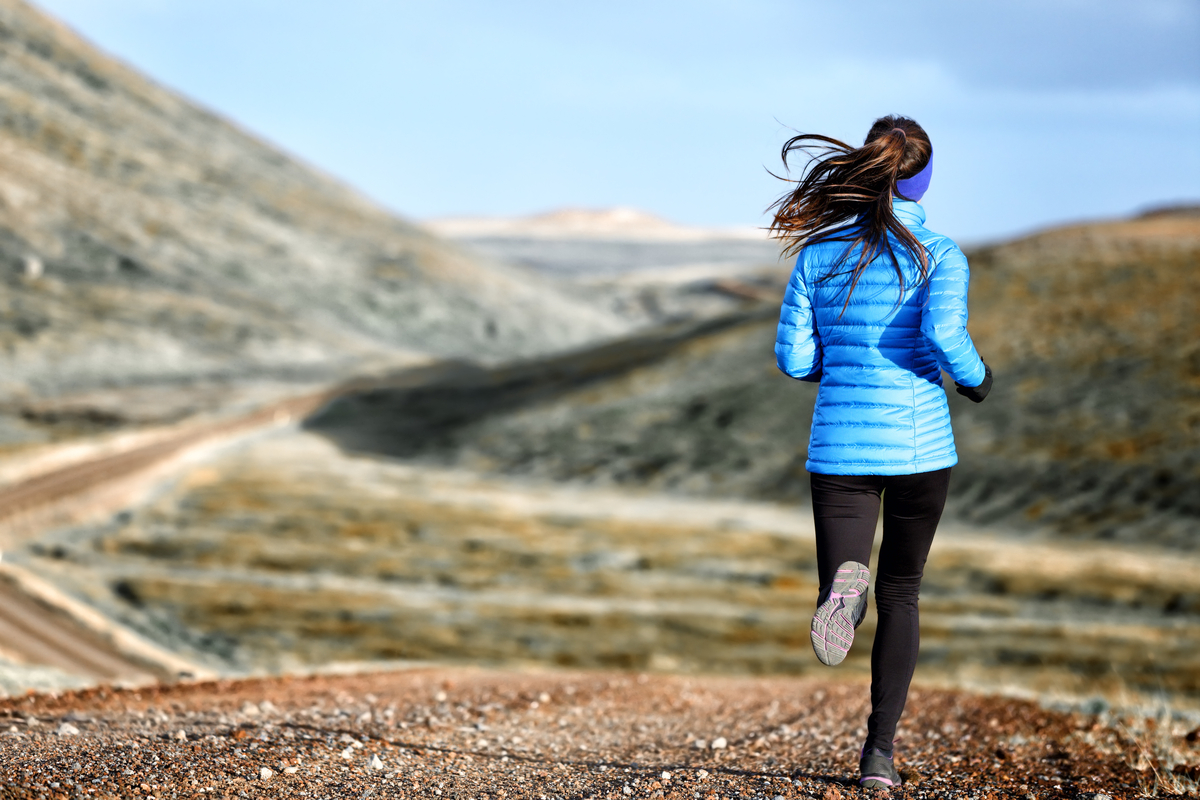Whether you’re running your first 10K or going on a days-long hiking expedition, blisters are a concern for people who are on their feet often. So what exactly are they? Blisters are tiny pockets of fluid that occur in the top layers of skin after it’s been damaged, typically by friction or heat. They’re annoying, painful and potentially prone to infection, a problem no one wants to deal with. The best way to handle blisters are to prevent them in the first place. Here’s a roundup of some tried-and-true ways to keep your feet blister-free.
Double up on socks
Since friction is the main culprit behind blisters, preventing it helps to keep them at bay. One of the benefits of doubling up on socks is that rubbing between your sock and your foot is reduced, thus cutting down on the chance of developing a blister. Instead, most of the friction will occur between the multiple socks. The only downside? Having to do a bit more laundry.
Use blister-blocking balms
If you’re blister-prone, there is likely no better invention for you than a balm that prevents friction. Throw the easily portable container into your gym bag so it’s on hand before you hit the treadmill. Some go-to products include Foot Glide or Dr. Scholl’s BlisterDefense Anti-Friction Stick. As an added bonus, many of the brands have moisturizing properties that help revitalized chapped and dry feet. Just think how much you’ll save now that you don’t have to get pedicures as often!
Take shoes for a test drive
It pays to be picky about your shoes. If you’re buying footwear online, ensure that there is a return policy, or make sure to test out the pair before purchasing in store so you can make sure that uncomfortable rubbing or pinching isn’t an issue. (Tip: Go at the end of the day when your feet are most swollen, so you can assure that your feet will be comfy no matter the occasion.) If you’re unsure about a pair, pass. It’s not worth the potential pain you’ll experience later. Even better? Find a running store like JackRabbit that has in-store treadmills so you can try out your sneaks in action.
Stretch your shoes
Again, remember friction is the enemy in this situation. If you have leather shoes that need to be stretched out to cut down on rubbing, invest in some shoe trees or find a stretching spray so your feet have some room. You can also pop on some socks, blast your feet with a blow dryer set to warm and instantly stretch out your sandals or dress shoes. In a pinch, you can also put sandwich bags filled slightly with water into your shoes and stick them into the freezer. When the water expands, so will your footwear.
Use nylon socks
Another culprit behind blisters is heat and moisture. Nylon socks help to keep moisture at a minimum by wicking away sweat and providing less friction than say, cotton socks. If this is a recurring issue for you, it’s time to upgrade from standard tube socks. Want to double up on protecting yourself? Use some blister blocking powder along with the nylon socks to adios moisture.
Create barriers
You’ve probably already put this concept into play in an emergency when using a BandAid as a barrier between your feet and some annoyingly uncomfortable sandals. Using blister prevention products like 2nd Skin is basically the grown-up version of that. By creating a barrier between your shoe and your foot, you nix friction and potential moisture. Buh-bye, blisters.
Toughen your feet
Though it’s not for the faint of heart, there is always the option of “toughening” your tootsies so you get fewer blisters. By roughing up the soles of your feet, you create a natural barrier to friction. Though at first it can provide some discomfort, you can start by walking around your home barefoot, then gradually extending barefoot walking to local parks or beaches. You can also can pat rubbing alcohol on the bottoms of your feet. Since the alcohol is a drying agent, it leads to skin hardening, AKA – a natural defense mechanism for your feet.
